The Sony RX100 Mark VII is a pocket-sized camera with a single zoom lens. It may seem like a toy, but it’s known as one of the best cameras of its type available. The questions many people have are: Is it worth the price? How does it stack up against “real” cameras? How does it do in rugged environments?
This review will focus on the capabilities of the camera as it relates to an outdoors and travel perspective. I also provide numerous photo examples. For a deeper look into the technical features of the camera — of which there are plenty — there are better reviews out there that focus on that. I recommend the below.
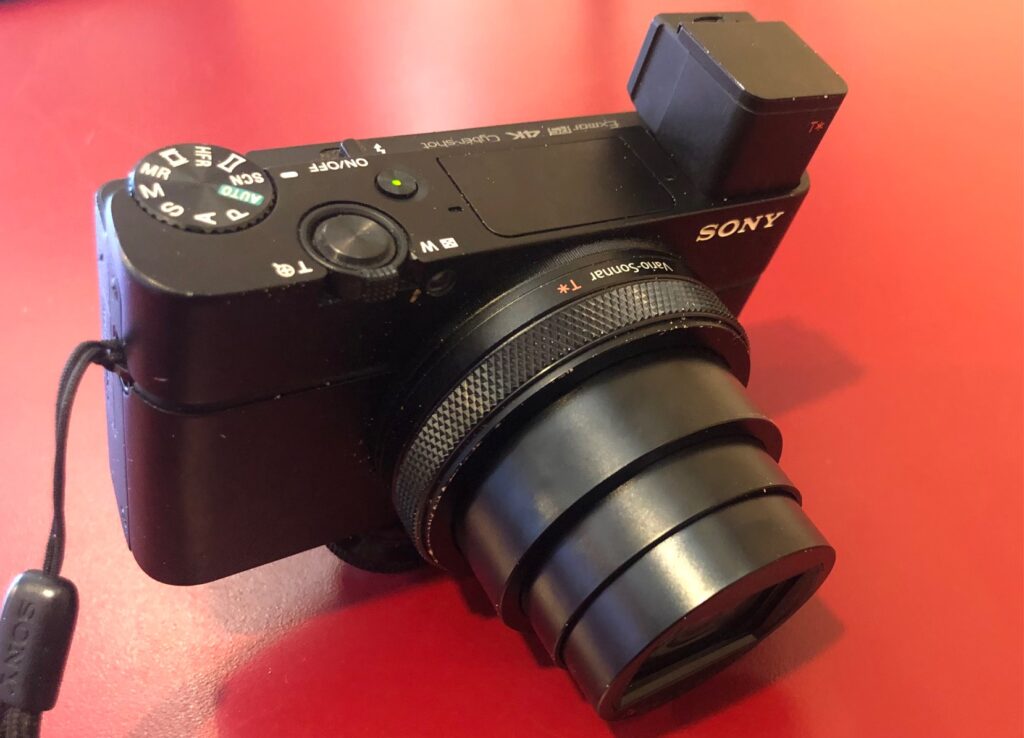
Pros:
- Phenomenal image quality and features in relation to its weight and size. Truly the best at that aspect. It has most features of larger Sony cameras, condensed in a small package.
- Pocket-sized. Can take a good photo in seconds.
- Wide-range lens. 24 – 200mm focal length, nearly 10x zoom.
- A true “one-camera arsenal.”
Cons:
- Jack of all trades, master of none. Not suitable for specialized photography styles such as: Astrophotography, wildlife photography, wide landscapes, and more. This is largely a product of a smaller sensor and no interchangeable lens.
- A little delicate, but significantly less so than full-size DSLR or Mirrorless Cameras. It’s about as delicate as a non-waterproof iPhone without a case, to provide a reference point.
- Small controls and dials. Hard to change settings with thick gloves.
- There’s no reason to get this camera unless the low weight and small size are needed for where you take photos. There are better cameras that cost less money.
Review:
I got the Sony RX100 because I was spending a lot of time in spectacular places, but I was still taking crappy photos with my iPhone. Deciding between the tiny and costly Sony RX100, and better and cheaper Mirrorless or DSLR cameras was a tough decision. Some of my other contenders were the Sony alpha series and the Olympus OM-D series.
In the end, I took a risk and purchased the RX100 — maxing out my credit card in the process. It was well worth it. The image quality and features are phenomenal. In most situations, a well-edited image from the RX100 is hard to distinguish from those of larger and better cameras. This is all in a camera the size of a flip phone.
The size of the Sony RX100 is a true asset. I can say with complete confidence that with a larger camera, I’d be taking fewer photos and bringing it to fewer places. By that virtue alone, this blows all larger cameras out of the water. My main use case for this camera is alpine climbing and mountaineering, where size and weight is of utmost importance. A larger camera would add weight on my back, slow down my speed, and require a larger backpack. When the priority is climbing, not photography — it doesn’t get better than the RX100.
The size also allows me to whip it out within a few seconds, take a spectacular shot, then put it away — all with one hand. Most of my best shots are due to this process. I see a cool scene that won’t last for a while. So, I take out the camera, snap a few hasty photos, and then put it away. When I check my computer after the climb, it ends up being a phenomenal photo. I wouldn’t be able to do this with a larger camera. Even if I mounted it within arms reach, it would interfere with ropes, bump rocks and snow, and be exposed to the weather. I can slap the RX100 in a chest, pant, or backpack strap pocket.
The durability is decent as long as one doesn’t drop it. The camera comes with a wrist strap, so I’m always sure to put that on due to my clumsiness. I once down-climbed a chimney with the camera crushed between my pocket and the rock. It came out of it just fine, minus some cosmetic damage. Though it’s not waterproof, I have used it in heavy snow and rain, not getting it overly wet. It’s been fine with that, so far.
It’s important to emphasize that in order to get the most out of this, and most high-end cameras — one must shoot in RAW and post-process the images on a computer afterward. If you’re not planning to do that, there’s no reason to buy the Sony RX100 if it’s not going to be used to its full capabilities. There are cheaper pocket-sized cameras that shoot JPEG only. Those would be a better choice for a pure “point and shoot” without extra work involved.
Alright, I think I’ve spoken enough for a camera review. From here on out, I’ll let the photos do the talking.
Photography Examples:
Note: The photos below aren’t full quality. If they were, they would be > 10 megabytes each, too much to load fast on the site. Rest assured the 24.1 Megapixel resolution of the camera is plenty, as long as no extreme cropping is done.
Astrophotography:
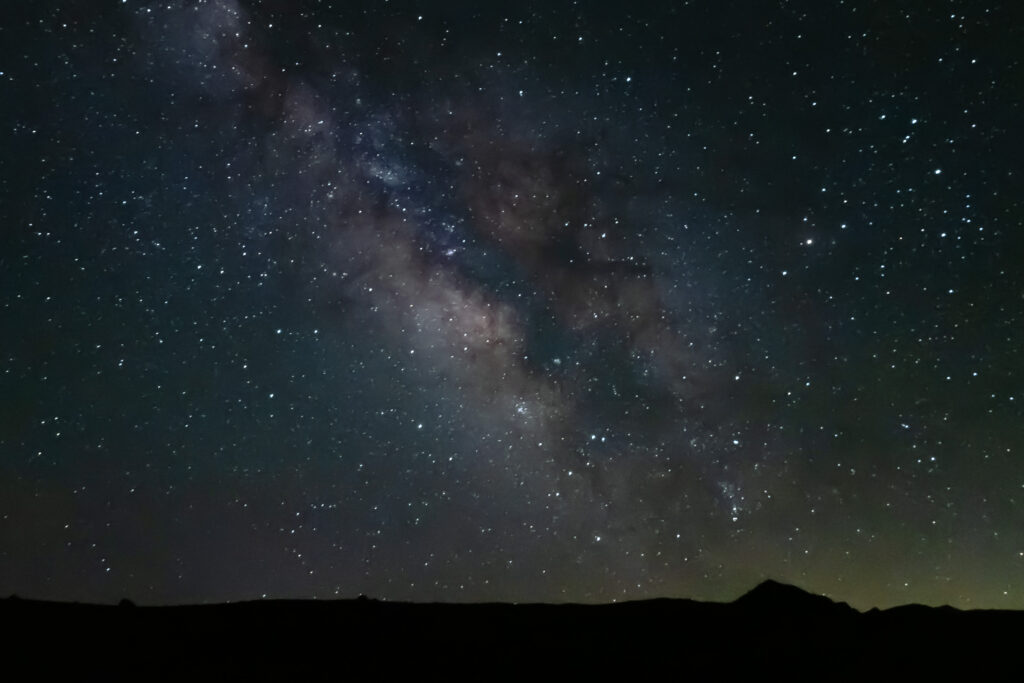
Action Photography:
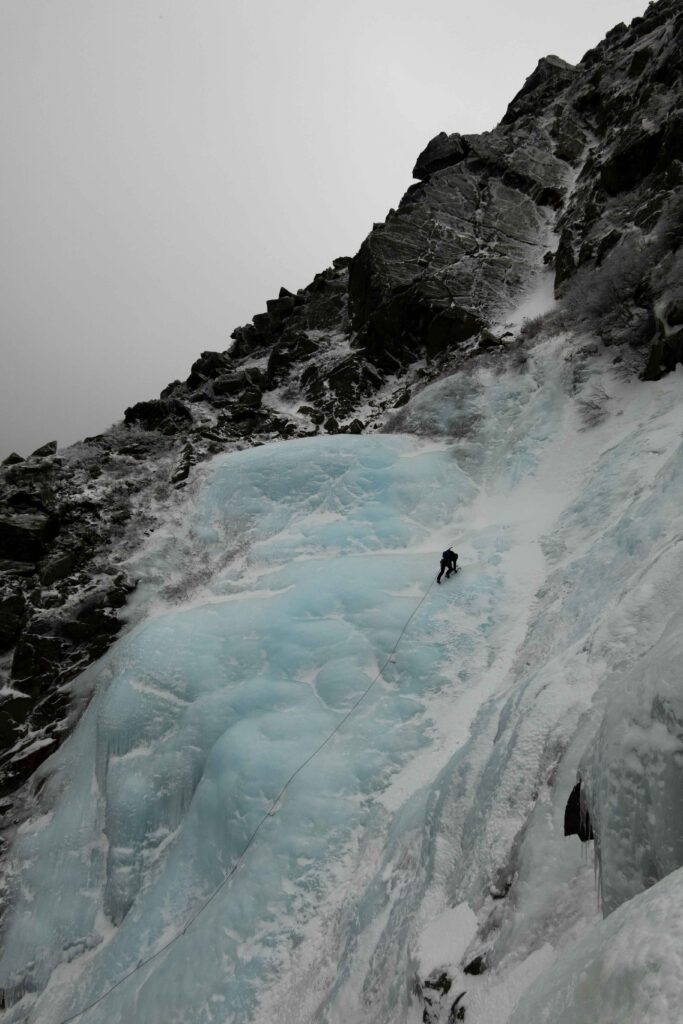
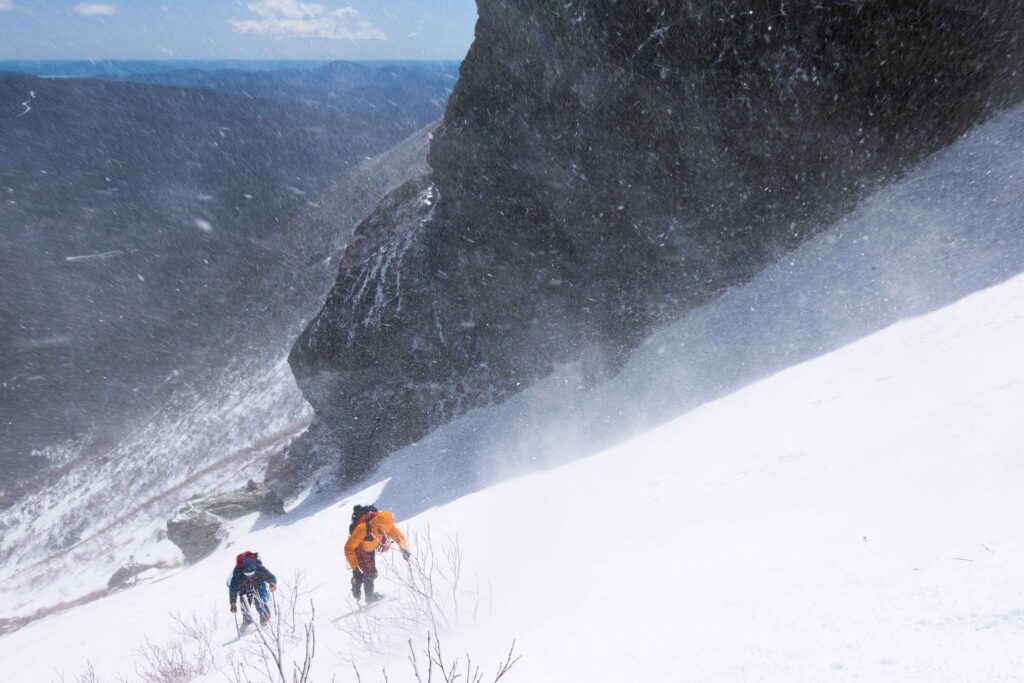
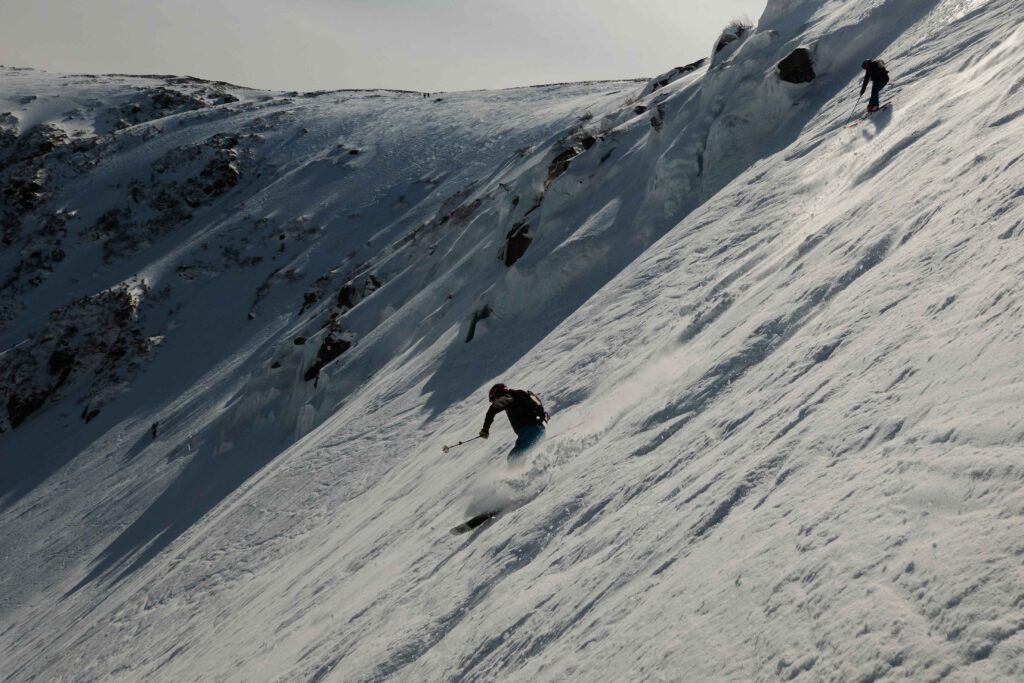
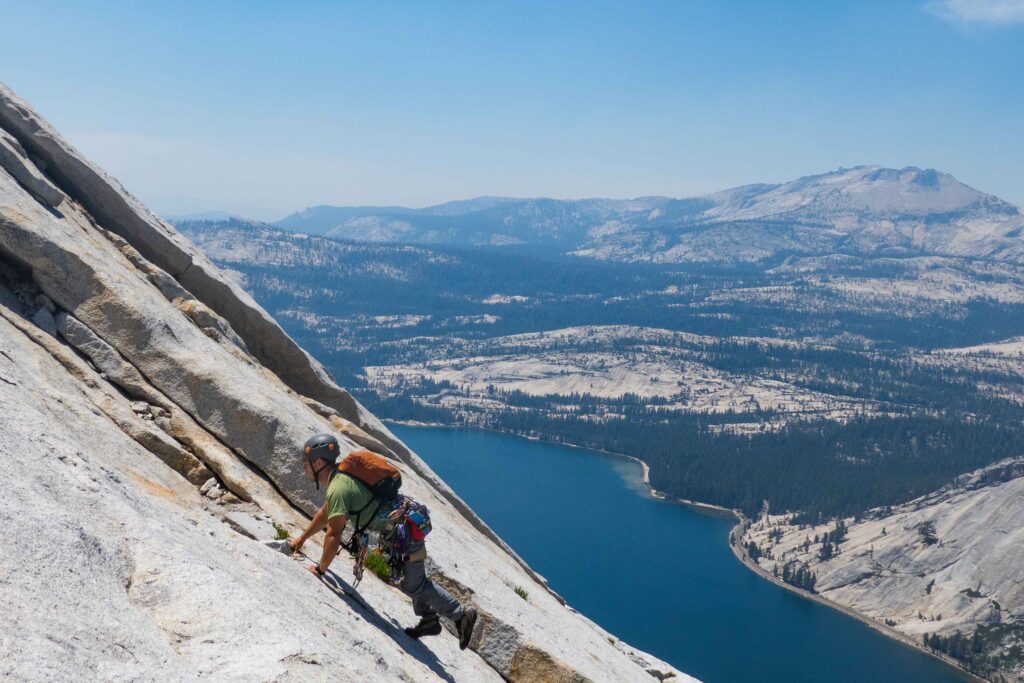
Landscape Photography:
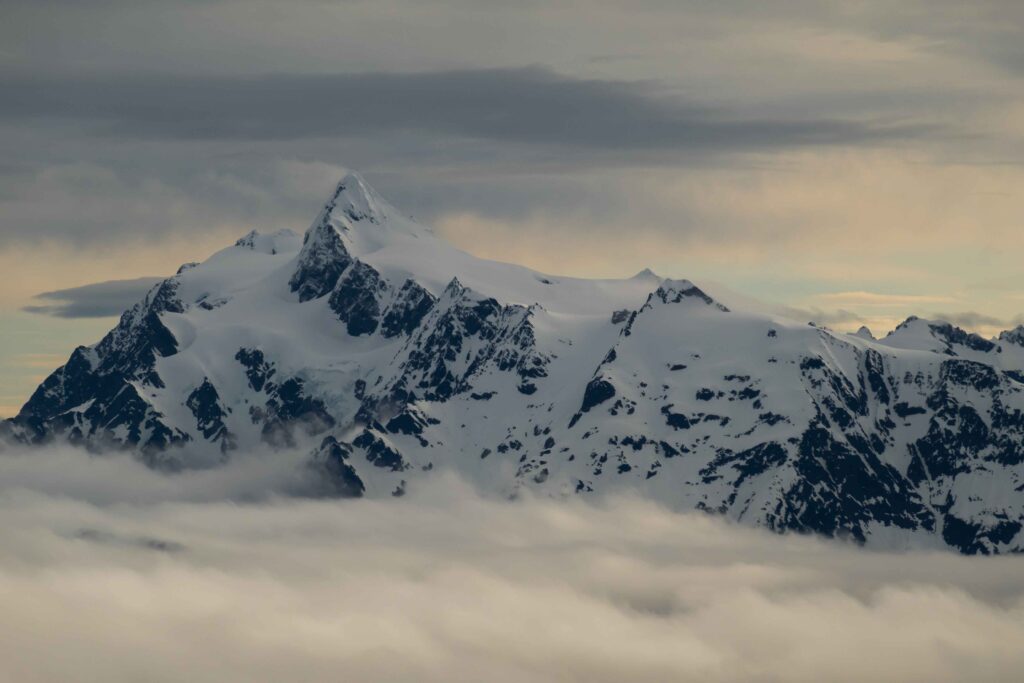
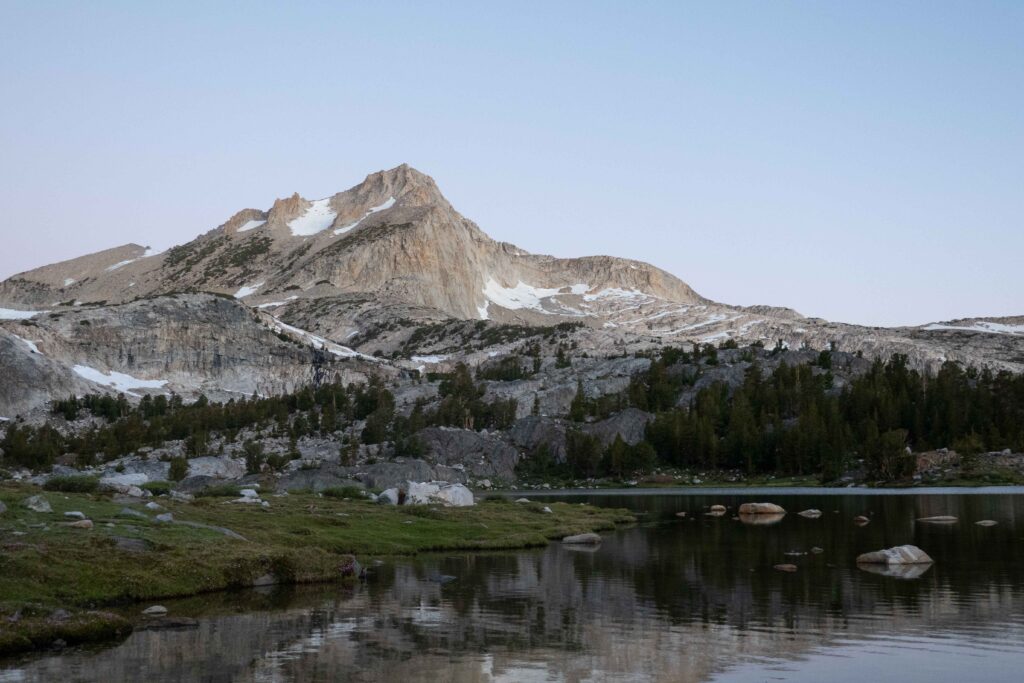
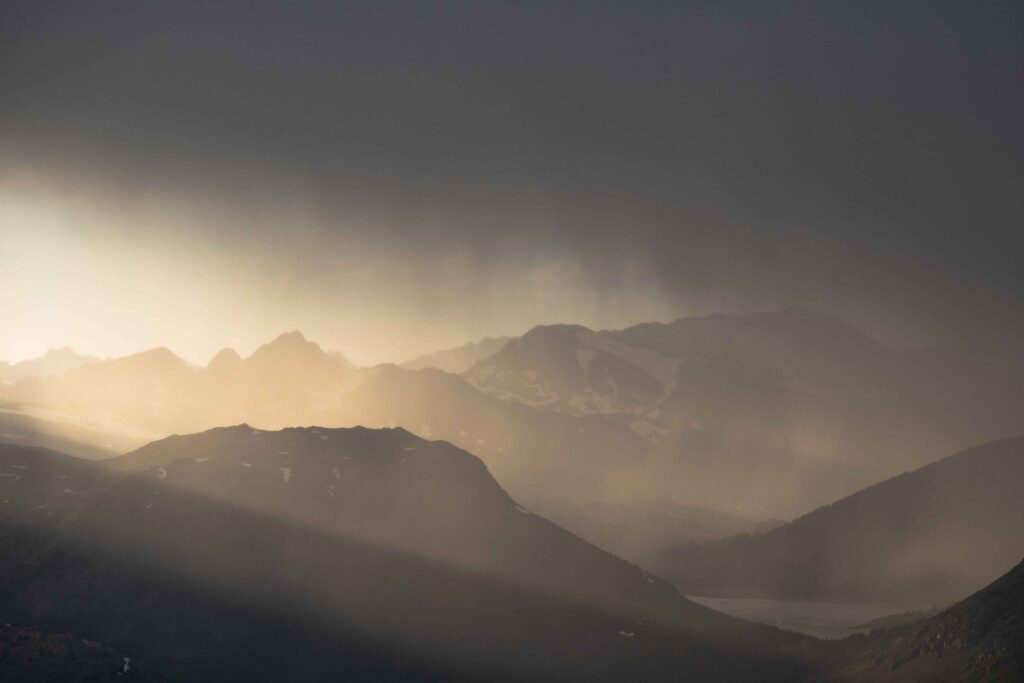
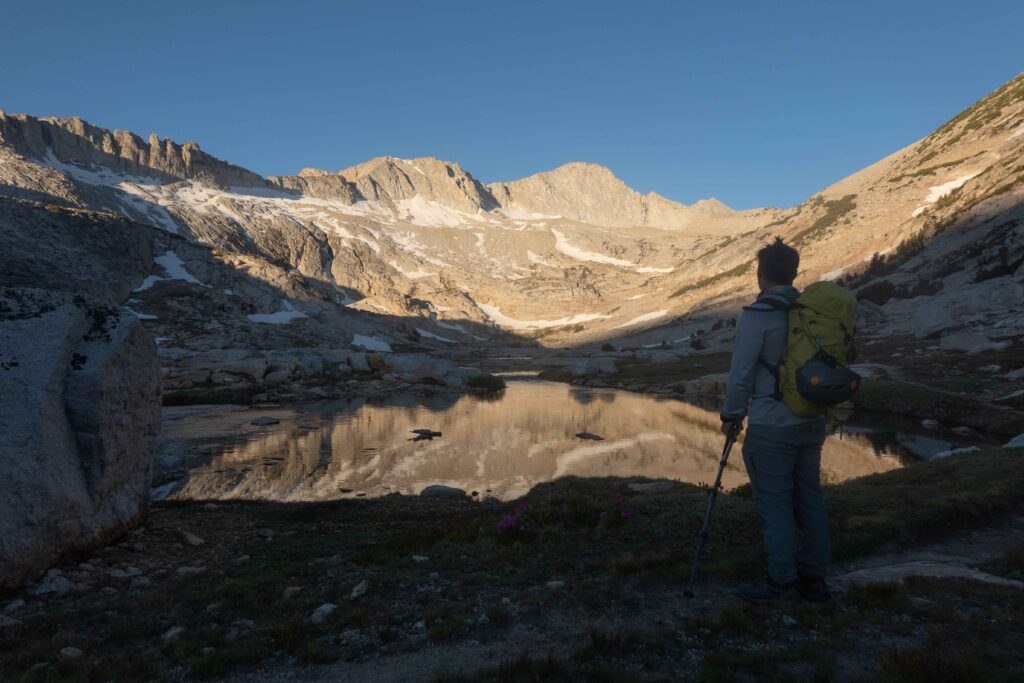
Macrophotography
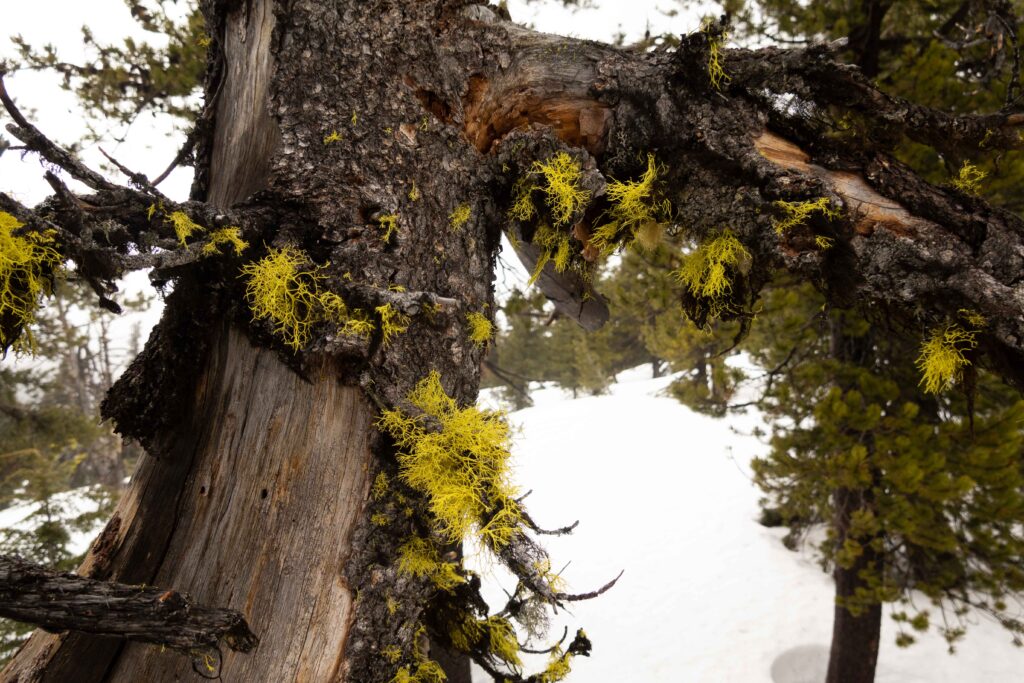
Final Thoughts:
As proven by the photos above, this camera will not hold anyone back. Composition, camera settings, and editing matter a lot more than the camera. A better and larger camera may be sharper and have more quality, but the other factors will trump that every time. This especially matters in a travel and outdoors perspective, where a large camera would introduce many drawbacks.
Without the size of the camera, I wouldn’t have been able to take most of these photos. When you’re lugging around a heavy and bulky camera, there will be missed photo opportunities that will take too long to capture. Even if slung around your neck or clipped to the outside of a backpack, large cameras won’t do well in an extreme outdoor or travel environment. Due to that, this camera seems to be the best choice and I don’t anticipate making any changes, or buying any other camera.
